Foraging mistakes to avoid – essential, expert advice for safe wild harvests
To enjoy harvesting seasonal food for free, we share top tips from leading professionals so you can enjoy risk-free foraging

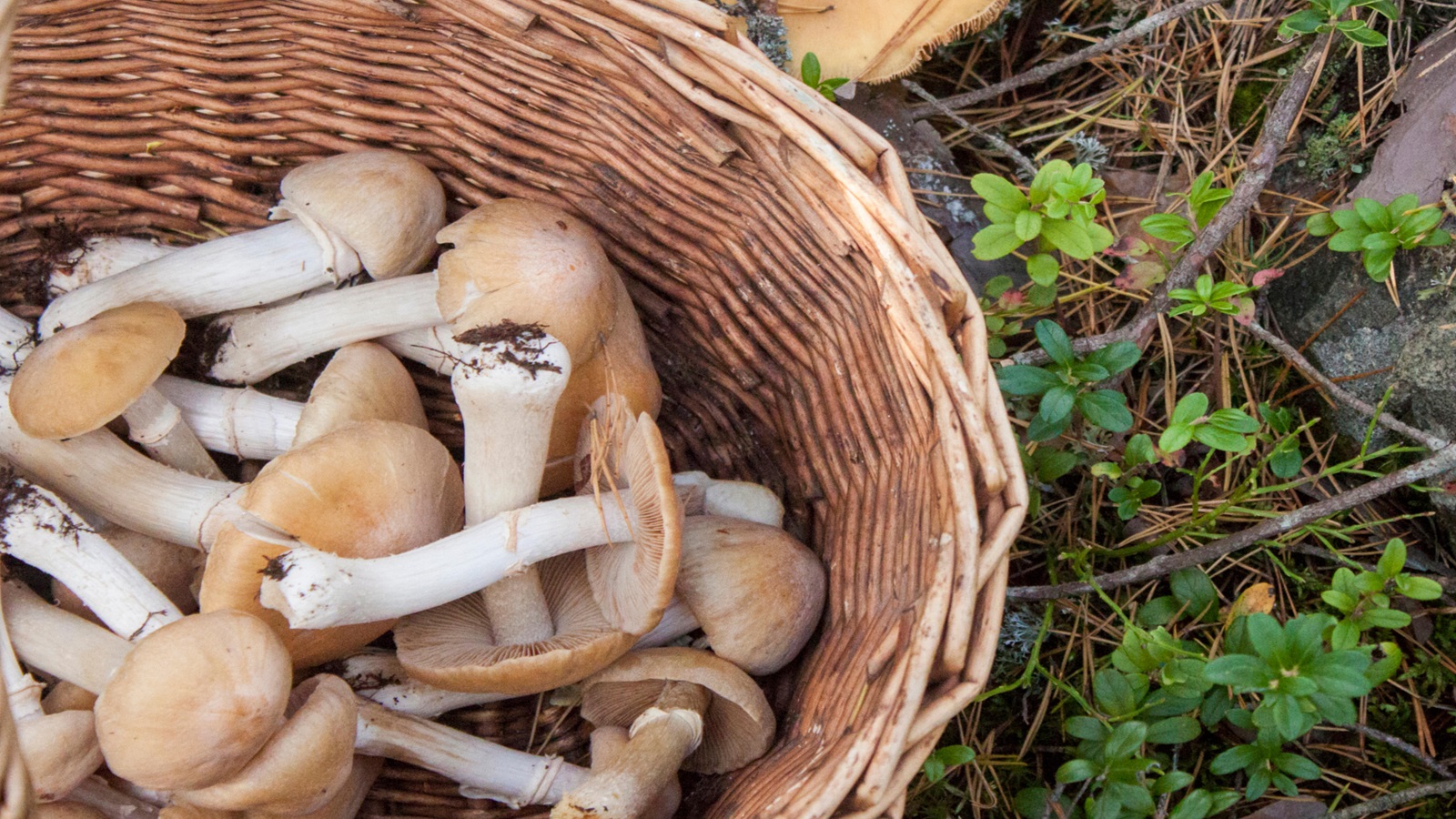
Foraging is hugely enjoyable and a great way to reconnect with nature, as well as enrich your diet, but any mistakes can be costly. As such, it’s hugely important to get it right. Being certain about what you are harvesting and its habitat is crucial.
From picking wild crops without the landowner’s permission, to feasting on plants and fungi that you can only casually identify, there are plenty of pitfalls to avoid. As a pastime and lifestyle where hard-earned knowledge is often passed down through generations, and by word of mouth rather than written down, there’s plenty of room for error.
The best way to be certain about what you are picking when foraging for food, how to safely prepare, cook and store it plus, where you can harvest, is to take lessons from a professional forager. Here, leading names share their five foraging mistakes to avoid to help you get you started.
1. Be sure what you are picking, and avoid mistaken identities
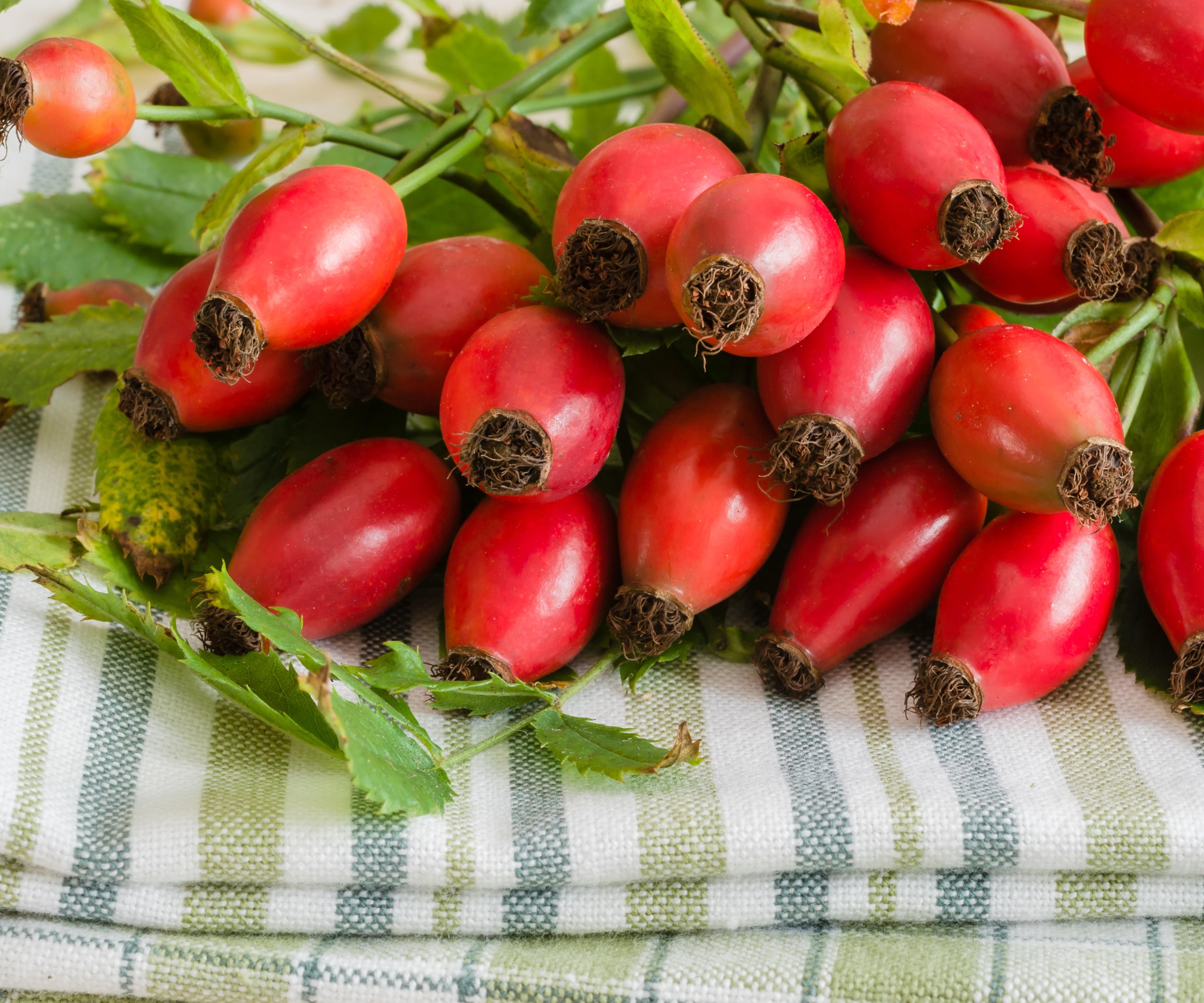
Picking and eating only those crops that you are 100% certain of is essential for good foraging. It may be tempting to chance it and go for that bumper harvest of fresh verdant leaves or bonus crop of fungi, but with so many toxic lookalikes around, the severity of the consequences are not worth it.
'The most common cases of mistaken identity are mushrooms. Yes, you can die if you eat a death cap mushroom,' says professional forager Tama Matsuoka Wong. In fact, according to the US Centers of Disease Control and Prevention during 2016, an estimated 1,328 emergency department visits and 100 hospitalizations were associated with accidental poisonous mushroom ingestion.
When starting out with foraging, take simple steps. 'Start with something easy like a dandelion plant,’ says Tama. 'The easiest (and most abundant and therefore sustainable) crops are the wild weedy plants such as nettle, wild mustard, chickweed, purslane, and dandelion. These can be found in most temperate areas of the world.
'My recent book, Into the Weeds available at Amazon, has detailed botanically accurate illustrations and tips on when and how to pick and prepare my favorite weeds in order to make them delicious,' Tama adds. 'Of course, everyone to their own taste, but biting things raw off a branch or an overwintered stringy leaf may not be the most tasty or easily digestible.'
Design expertise in your inbox – from inspiring decorating ideas and beautiful celebrity homes to practical gardening advice and shopping round-ups.
Worried about getting it wrong? Tama has these comforting words of advice. 'There aren’t that many poisonous plants: be extremely careful with mushrooms as well as a plant with leaves that look like carrot leaves - poison hemlock can look similar.'
Experienced forager and herbalist John Slattery also adds, 'Don't gather something until you really know what it is. Take your time and observe as you walk. Make an effort to join a walk with an experienced forager and make it a point to learn three plants on that walk. Then you'll be off and running.'
Looking for a trusted authority to help with plant identification, try your local agricultural college or university extension. Apps such as PlantSnap and iNaturalist are useful sources to have on hand when in the field. As a rule, cross check three or four different sources if there’s any degree of doubt.
2. Don't forage in unfamiliar areas
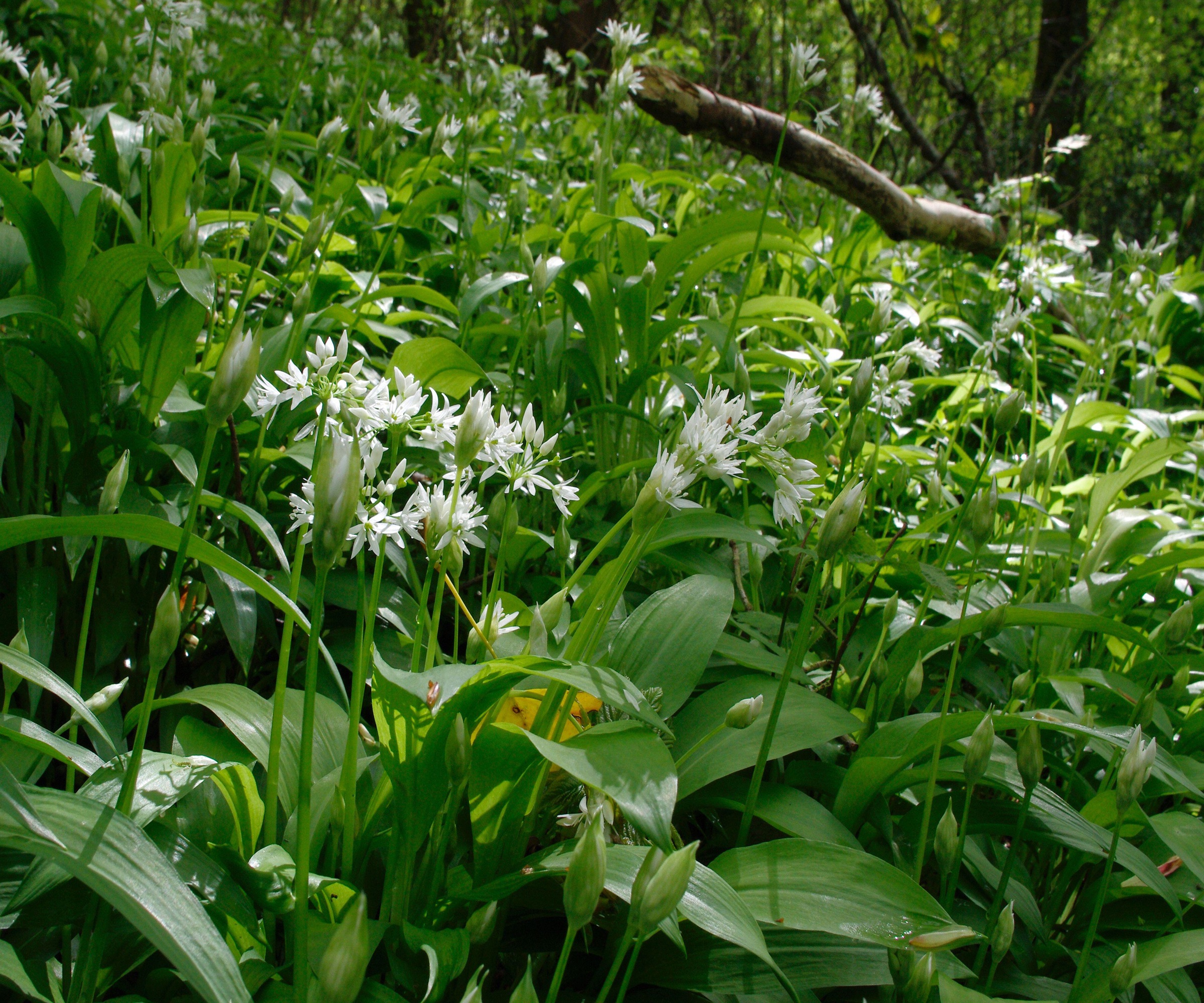
Being certain of whether you are permitted to forage in specific areas is key. Local laws and regulations can vary state to state, so always check before setting out. The good news is that over half of National Parks encourage foraging and wild food harvesting. Check on the US National Park Service homepage or download their app for more details of what you can expect to find and when. Avoid foraging on private land without seeking the landowner's permission, and always respect private properties and local regulations.
Pollution, chemical leaching and the use of pesticides can also prove a real problem when foraging. Often transmitted by air or through soil or water sources, these toxins contaminate plants either through the roots, leaves or flowers. Frequently undetected by foragers, particularly those new to the locality, it can be hard to detect the presence of these chemicals but common sense reigns.
'Foraging is discouraged wherever industrial chemicals are being applied or dumped into the local ecosystem,' says John Slattery. 'This is not always easy to discern but look for industrial plants and agribusiness and know what is upstream from your area. The truth is the entire planet is exposed to chemicals with increasing abundance.'
Author Tama Matsuoka Wong says, 'The best way is to get things from your own back yard or a neighbor's with permission so you know they have not been sprayed with herbicides, and are not from a soil that holds industrial toxins.'
3. Don't forget about seasonality
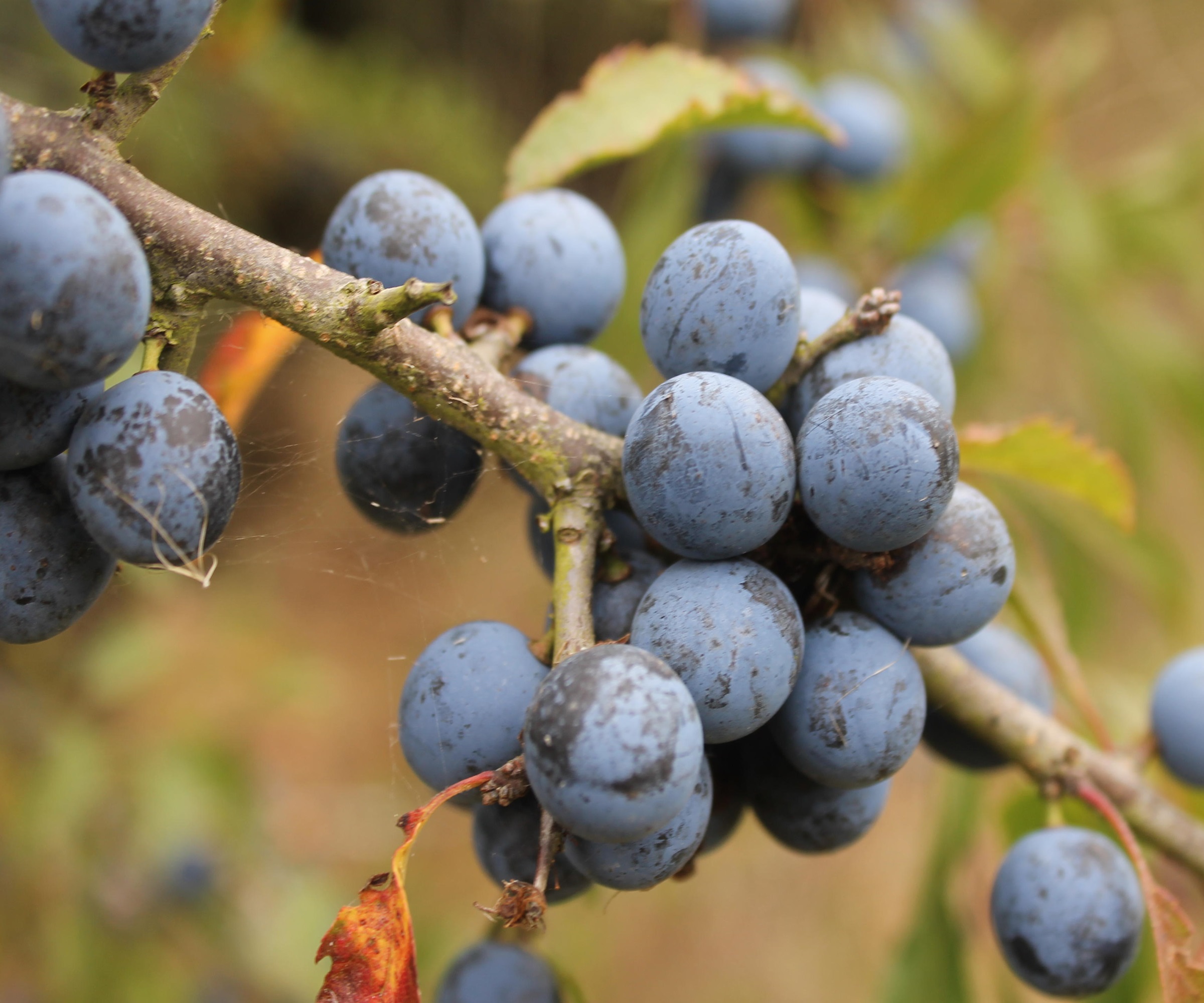
Successful foraging relies not only upon good local knowledge and plant identification skills, but also a good seasonal awareness. Knowing the lifecycles of native plants, when the first nutritious leaves emerge through to when they blossom and fruit, can help you time your forays and eliminate any ID confusion too.
Local climate and weather conditions can affect the quality of your harvest and how well it stores. When picking, try and avoid the heat of the day - particularly for leaves, as the resulting evaporation can reduce nutrient levels and leave them wilted. Instead opt for collecting in early mornings or later in the day when they are the most hydrated.
Wet conditions can also lead to potential storage problems, particularly for nuts, seeds and blossoms such as elderflowers. Collect in a basket, mesh or linen bag to ensure there is plenty of airflow around your pickings. Mesh foraging bags can be found on Amazon. Once home, allow all crops to air dry fully before cleaning and storing.
4. Avoid foraging without the right tools
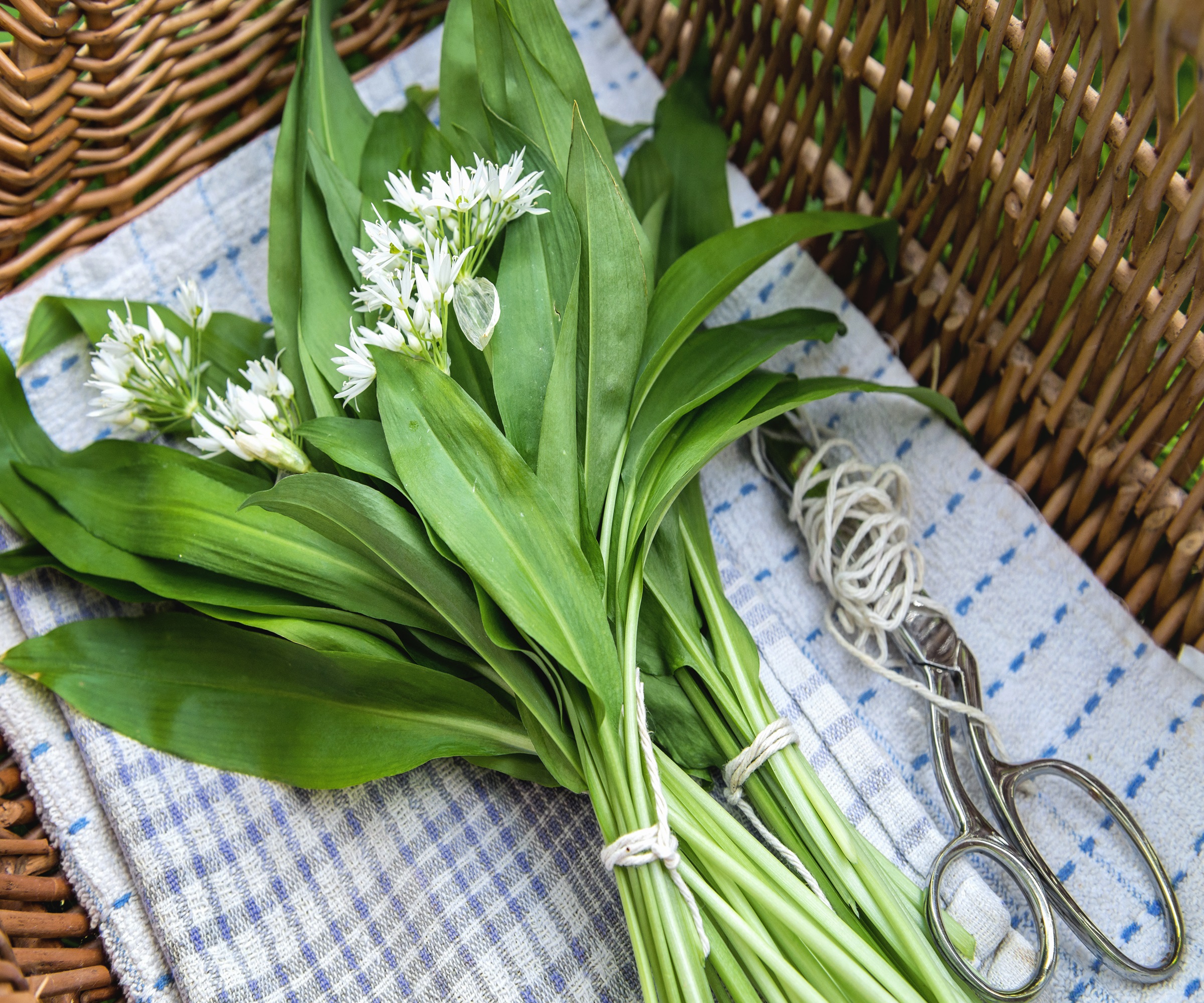
Foraging doesn’t require many expensive tools but there are a few that will prove invaluable. Forager Poldi Wieland, author of the yearofplenty.com podcast says, 'Every forager needs a good knife… or multiple for different scenarios. Most of the time you will have to cut through tough plant parts, trim mushrooms, and prepare your finds for cooking, either at home or at camp. A good foraging knife should have a sturdy, sharp blade with a comfortable grip.'
Many foragers rely on a specialist mushroom knife with integral brush - such as this one from Walmart. Handy for cleaning the crop as you pick, it will save preparation time in the kitchen and help to keep the crop clean when popped into a collection bag.
For picking certain leafy crops, a pair of sharp scissors are fine, but for anything with tough stems use clean, sharp secateurs or hand pruners. Try the Corona Forged Classic Bypass Pruner at Amazon.com. Knowing how to keep tools clean between expeditions can make a huge difference to the performance and lifespan of your equipment. Invest in a sharpening whetstone, such as this one from Amazon.com to sharpen the cutting blades, as this not only makes harvesting easier but will cause less damage to the parent plant. This is particularly important if you are regularly cutting through thicker, woody stems.
If berries are on your foraging wish list, there are a couple of handy pieces of equipment that help speed up laborious picking. A berry rake is a nifty tool for combing through branches, separating the berries from the stems and collecting them together with each sweep. Find the Washranp Berry Picker with metallic comb at Walmart.
A berry hook - essentially a large metal hook on a pole - is an easy way to collect from high, hard to reach branches. Simply hook over the branch and gently bring it down to an easier picking height. You can make your own at home by attaching a foraging hook - such as this handcrafted steel design by Emberlit - to a straight wooden pole.
5. Be cautious of overharvesting
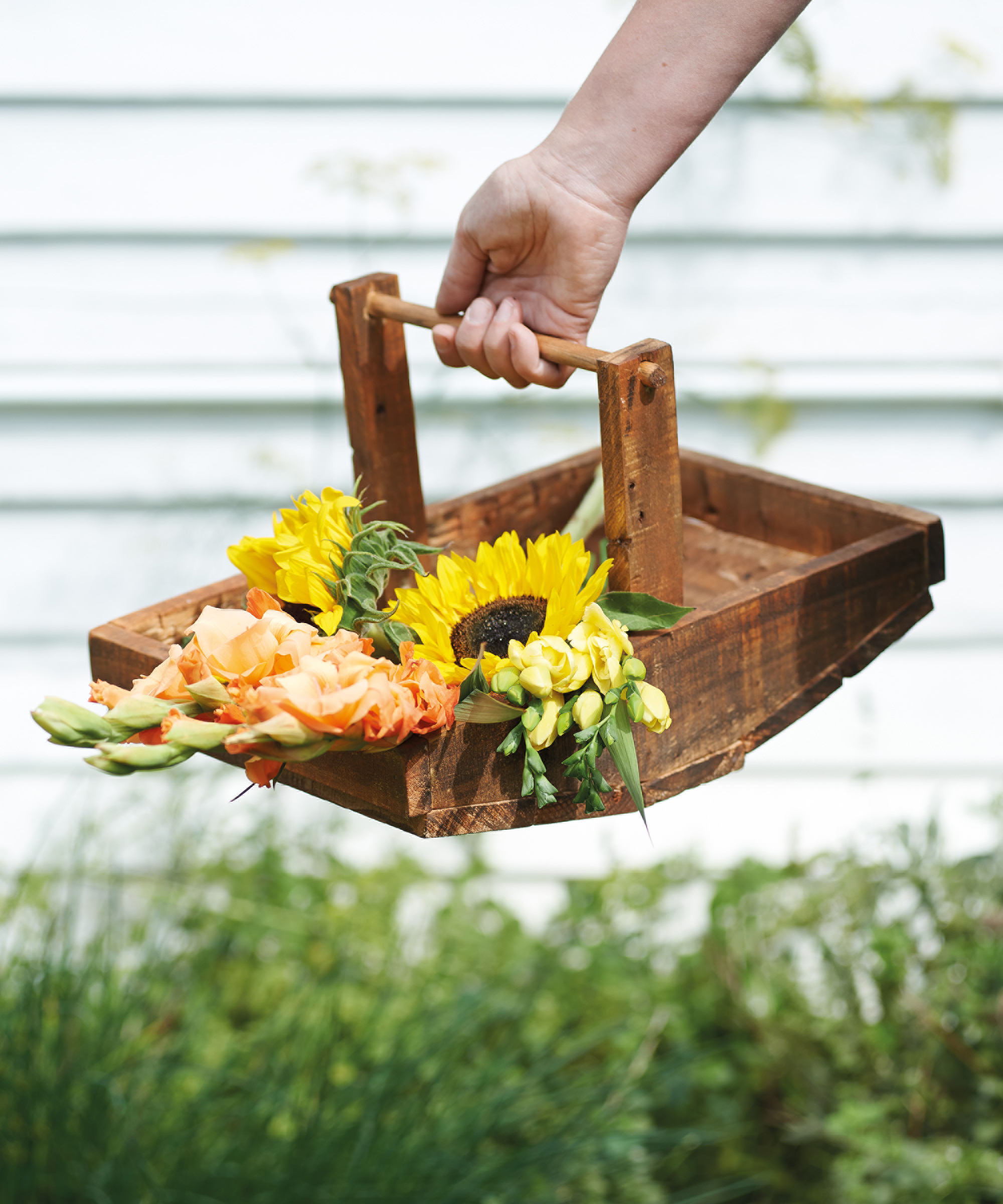
Taking too many leaves, seeds or fruits from any one plant can seriously damage its productivity and overall health. Reducing its ability to photosynthesise and reproduce, it can have a long term impact on future harvests as well as reducing invaluable resources for birds and wildlife.
Instead aim to pick from a few different sources, rather than concentrating on one particular specimen. A common and reliable foraging rule is to take no more than 1/4 of each plant so it can regrow, continuing the natural cycle.
Harvesting from rare or endangered species is irresponsible and illegal. Instead concentrate on prolific and, even invasive plants such as Japanese knotweed, bamboo, and blackberries.
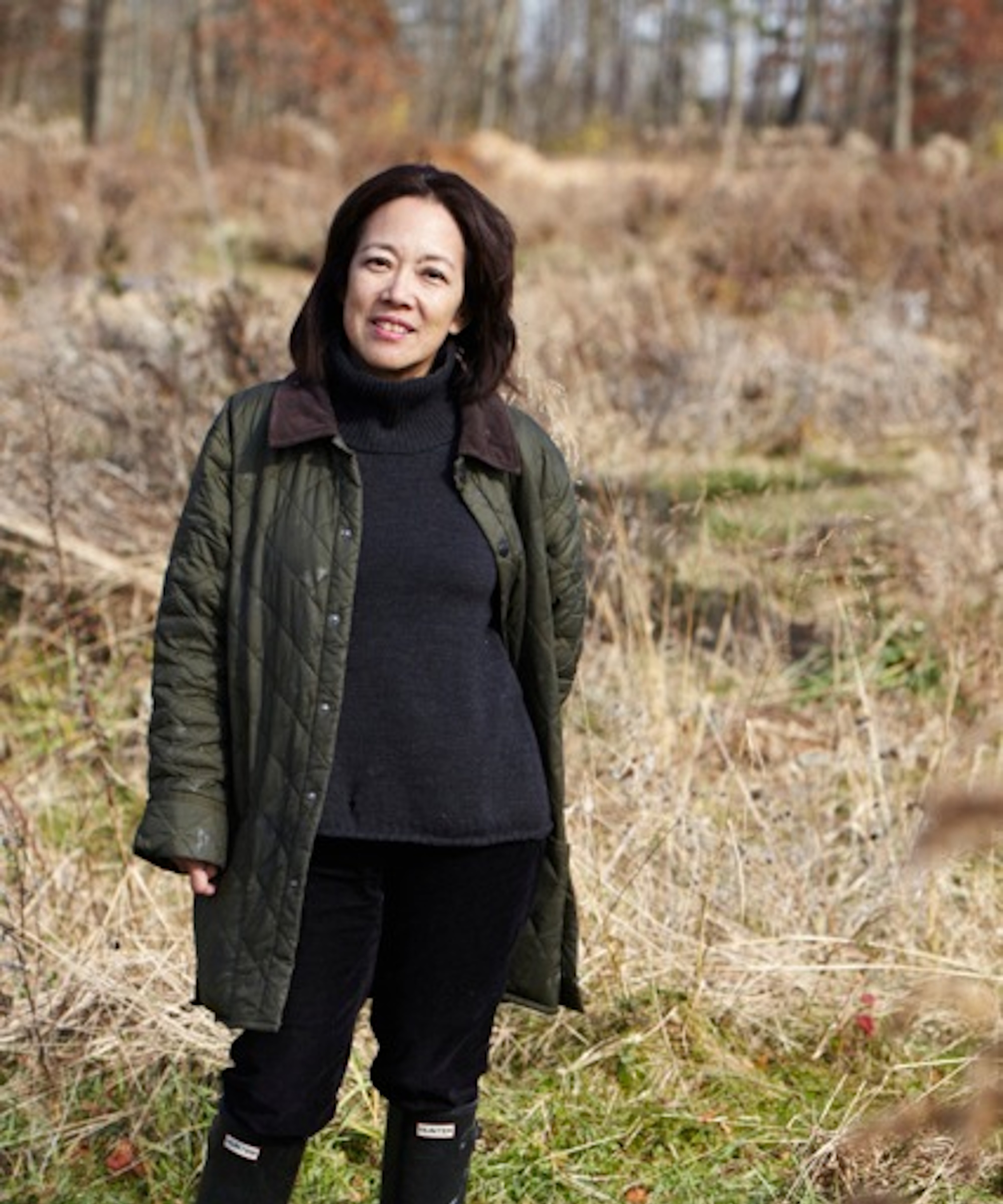
Tama Matsuoka Wong is a wild food forager, author, and gardener based in New Jersey. She supplies some of New York City's most prestigious restaurants and has a deep knowledge of wild produce that informs her impeccable taste in their flavors and uses.
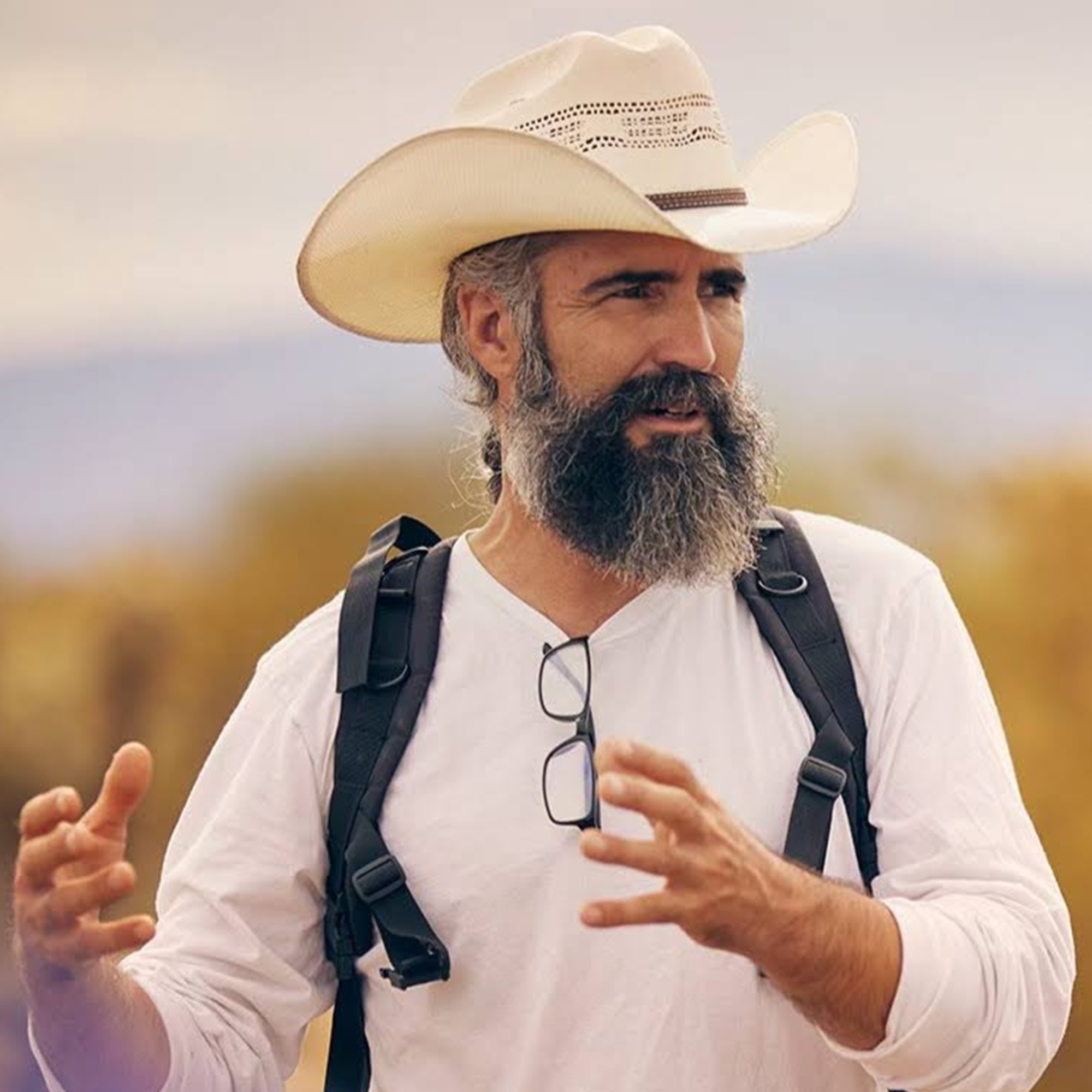
John is a Vitalist Herbalist who has been developing a framework of healing with wild plants over the past 20 years called Bioregional Herbalism. John’s work as an herbalist has centered around the Sonoran desert of the American Southwest and Northwestern Mexico while partnering with several indigenous herbalists from this region.
John founded Desert Tortoise Botanicals, a hand-crafted herbal products company in 2005, and Desert Forager, a prickly pear-focused, foraged foods company, in 2014. He is the author of Southwest Foraging (2016) and Southwest Medicinal Plants (2020), both published by Timber Press.
If you are keen to try foraging and gather food for free, then don't overlook the resources just outside your home. Many of the best edible seeds can be found in the garden, while identifying the best brambles will ensure a plentiful crop of berries for minimal effort.

Journalist Jill Morgan has spent over 20 years writing and editing gardening, interior and property features. Titles she has worked on include The English Home, House Beautiful, Ideal Home, Houzz and Modern Gardens and she writes regularly for H&G as a Contributing Editor. Whilst she is a dab hand at renovation projects and DIY, she is happiest when out digging in the garden or planning a new border.